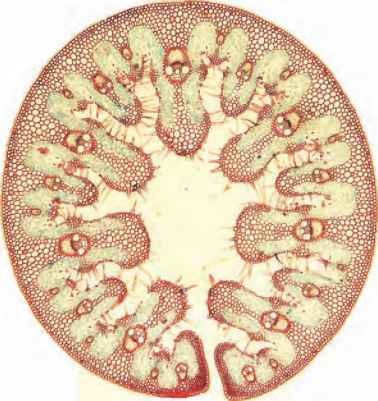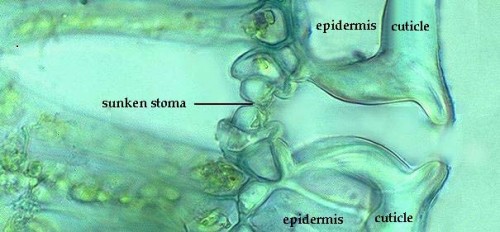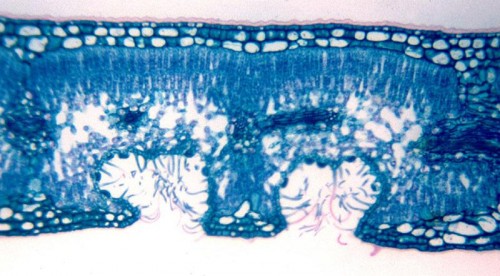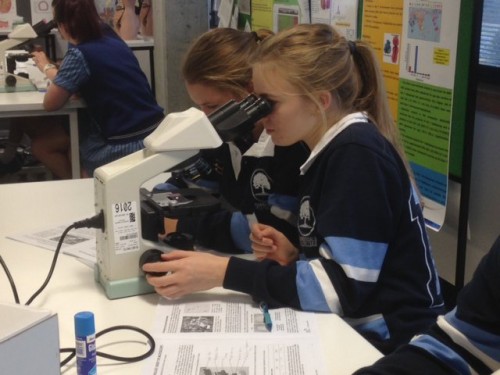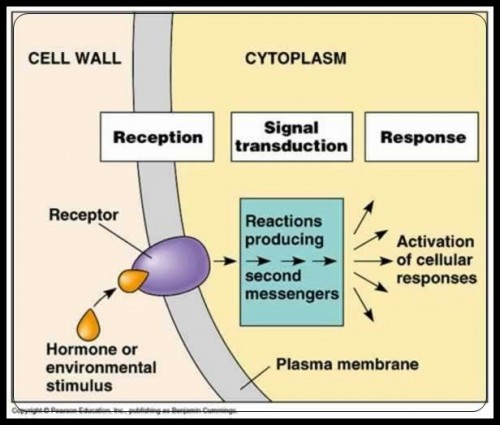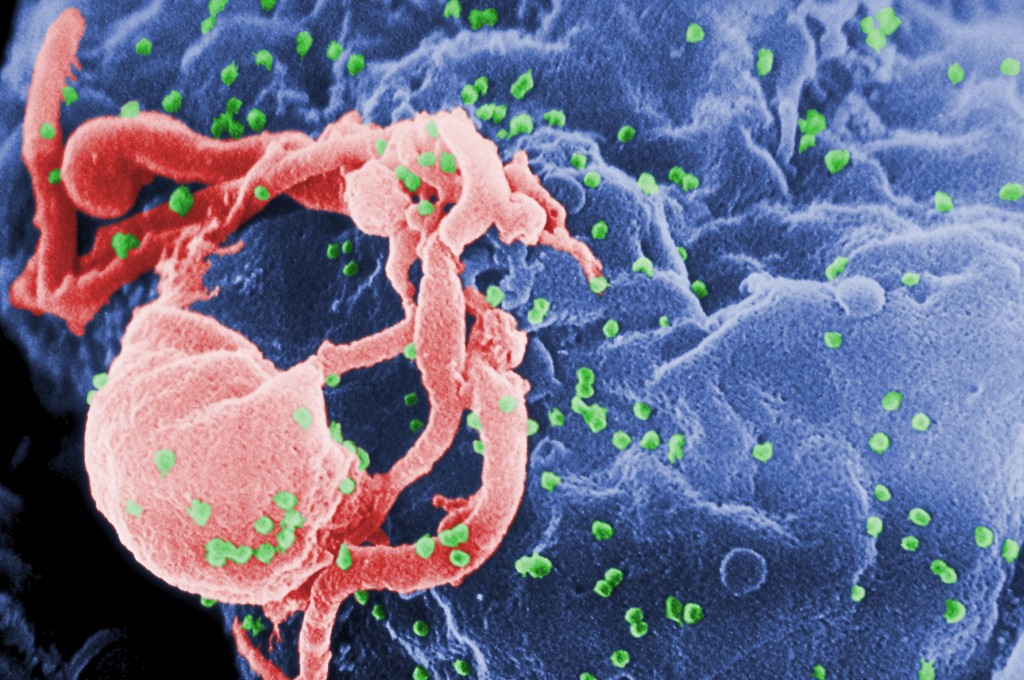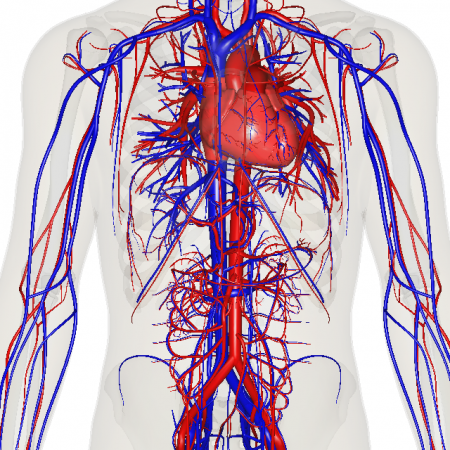
Image Source
In this unit of work we are looking at the ways plants and animals distribute nutrients, hormones, gases, water and waste products to and from different cells throughout the organism. In animals, this involves the circulatory, respiratory and excretory systems. In vascular plants, we consider gaseous exchange, transpiration and substances moving through the xylem and phloem.
Circulatory System: Once food has been digested, these nutrients needs to be distributed to every cell within the body to enable cellular respiration to occur. These nutrients, as well as hormones, waste products (CO2 and urea), salts and heat are transported in the circulatory system. The circulatory system of mammals includes a four-chambered heart, arteries, veins and capillaries that allow the movement of blood to every cell within the body.
Respiratory System: The mammalian respiratory system includes the lungs, trachea, bronchi and alveoli that allow the transfer of oxygen and carbon dioxide between the internal blood supply and the external environment. Insects have an open respiratory system in which the air and the internal cells are in close contact, oxygen entering through spiracles and passing in to branching tubes within the organism. Don’t get confused between cellular respiration and breathing! Cellular respiration is the process that converts glucose and oxygen to energy within the cells. Oxygen is supplied to those cells by the red blood cells, which carry oxyhaemoglobin to cells and remove carbon dioxide from cells.
Excretory System: Our kidneys are part of our excretory system, to remove nitrogenous wastes from our body. The nephron is the functioning unit that removes urea from the blood and allows water, nutrients and salts to be re-absorbed to the body. Ureters are the tubes that carry urea from the kidneys to the bladder and urine leaves the body via the urethra.
Gaseous Exchange in Plants: Plant cells need to exchange oxygen and carbon dioxide with the environment and they do so through stomata (pores) in their leaves.
Transpiration: How do the tallest trees draw water from the soil to hydrate leaves many metres in the air?
Xylem and Phloem in Vascular Plants: What are vascular plants and how do they transport water with dissolved minerals and nutrients to cells in the roots, stems and leaves?
Please let me know in the comments below if any of these links are no longer working!

